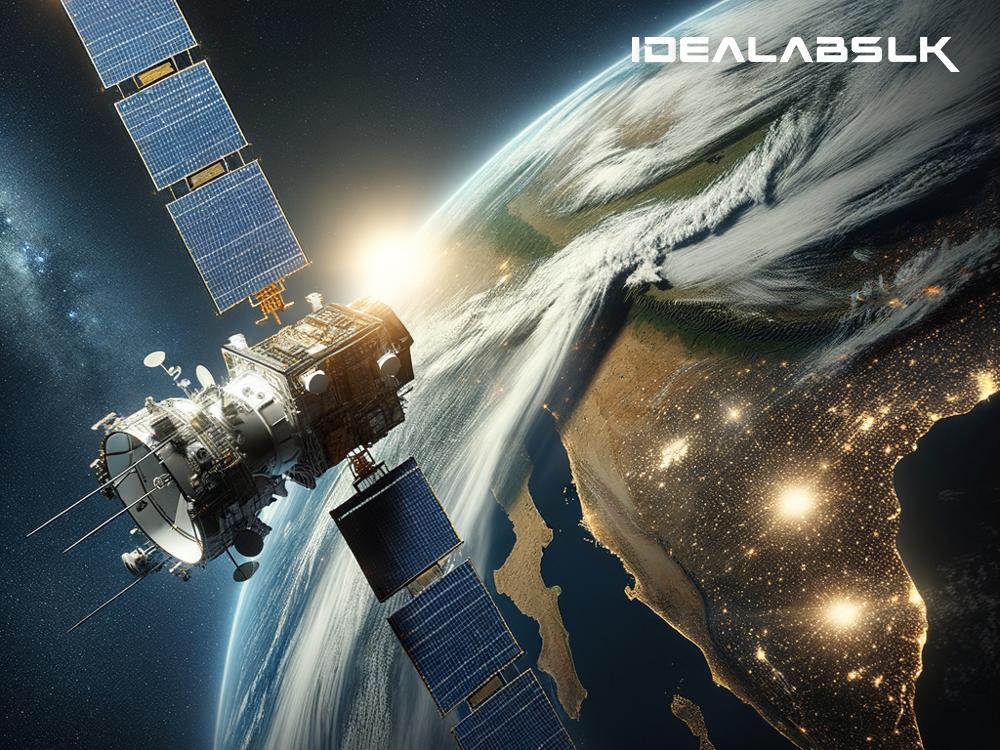How Space Research Is Helping Us Address Earth’s Environmental Challenges by 2024
In the quest for a healthier and sustainable Earth, space research has unexpectedly become a hero. It’s fascinating how looking up into the skies, far beyond our atmosphere, is helping us solve problems right here on our home planet. As we head into 2024, the role of space technology in addressing Earth's environmental challenges has never been more crucial. From monitoring climate change to tracking natural disasters and biodiversity, the view from space is providing us with invaluable insights. Let's explore how this incredible journey into the cosmos is making a difference back on the ground.
Climate Change Insights
One of the most pressing issues facing our planet today is climate change. Fortunately, satellites orbiting Earth are our eyes in the sky, constantly observing and collecting data on our planet’s climate and weather patterns. This constant stream of information helps scientists understand how Earth's climate is changing over time. For instance, data from satellites like NASA's ICESat-2 help scientists measure the melting of ice caps and glaciers with astonishing precision, providing undeniable evidence of global warming and its effects on sea-level rise.
Moreover, satellites equipped with sensors can measure concentrations of greenhouse gases like carbon dioxide and methane. This is crucial for tracking how human activities are impacting our atmosphere and guiding policies to reduce emissions. By having a bird's-eye view, researchers can see the big picture of climate change, which is instrumental in devising more effective strategies for environmental conservation.
Disaster Management and Response
Natural disasters such as hurricanes, wildfires, floods, and earthquakes pose a significant threat to both human life and natural ecosystems. Space technology has become an essential tool in predicting, monitoring, and responding to these disasters. Satellites can detect early signs of natural disasters, like unusual weather patterns that could lead to hurricanes, or dry conditions that might result in wildfires. This early-warning capability allows for better preparation and potentially saves lives and resources.
After disasters strike, satellites provide critical information about the affected areas, helping coordinate emergency response efforts efficiently. For example, satellite images can reveal the extent of flood damage or the spread of a wildfire, enabling responders to prioritize areas in need and deliver aid more effectively.
Biodiversity and ecosystem monitoring
Our planet's health is deeply interconnected with the diversity of life it hosts. Unfortunately, human activities have led to habitat destruction, pollution, and climate change, all of which threaten biodiversity. Space research offers a unique perspective on these issues by allowing us to monitor ecosystems and wildlife populations over large areas and prolonged periods.
Satellites can track changes in land use, such as deforestation in the Amazon, and their impact on local and global ecosystems. They also monitor coral reefs, wetlands, and other critical habitats, providing data that can guide conservation efforts. Additionally, satellite imagery helps researchers study migration patterns of animals and changes in their populations, which is vital for protecting endangered species and maintaining ecological balance.
Fostering Sustainable Practices
Beyond monitoring, space research promotes sustainability by encouraging the adoption of innovative technologies. For instance, precision agriculture, powered by satellite data, enables farmers to maximize crop yields while minimizing water usage and chemical inputs. This not only reduces the environmental footprint of agriculture but also supports food security for our growing global population.
Similarly, renewable energy projects benefit from space-based technologies. Solar and wind energy developers use satellite data to identify the most suitable locations for their installations, based on sunlight exposure and wind patterns. This optimizes energy production and contributes to a cleaner, more sustainable energy future.
A Unified Effort for Earth
The advances in space research highlight a crucial realization – to protect and preserve our planet, we need a unified, global effort. International space agencies and private entities are increasingly collaborating, sharing data, and offering their technologies to tackle environmental challenges together. This spirit of cooperation is a beacon of hope, demonstrating that by joining forces, humanity can confront the environmental crises threatening our shared home.
In conclusion, as we move into 2024, the role of space research in environmental conservation is more significant than ever. By providing a comprehensive view of our planet’s health, space technology enables us to understand, protect, and sustain the Earth for future generations. So, the next time you gaze up at the stars, remember that the answers to some of our biggest environmental challenges might come from way up there, beyond the blue sky.

